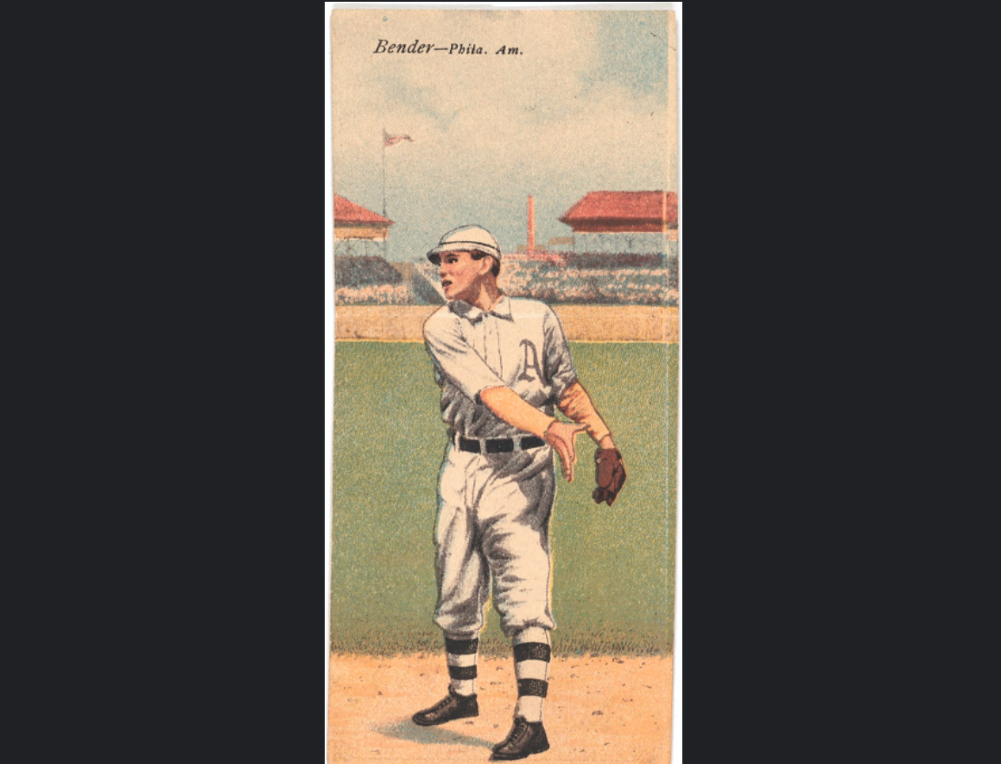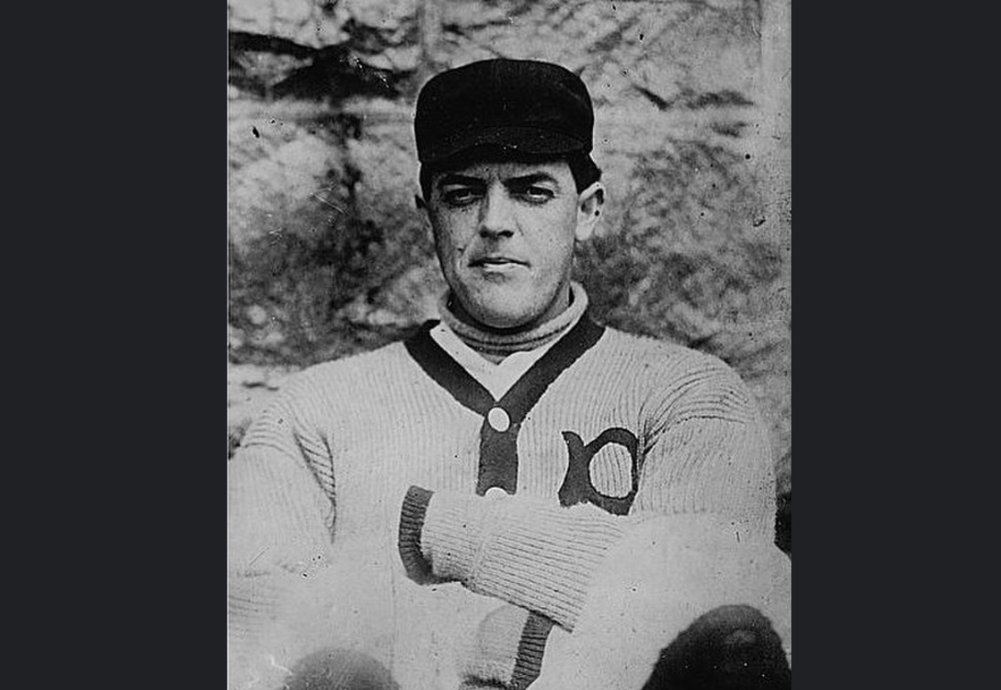Founded in 1876, this MLB National League club that started out in Boston, Mass., moved to Milwaukee, Wisconsin. and finally set roots in Atlanta, Georgia. Legends like Hank Aaron, Chipper Jones, John Smoltz and more have graced the diamonds wearing the Braves uniform. The franchise has won 18 NL Pennants and been in four World Series. The team also played as the Milwaukee Braves, Boston Braves, Boston Bees, Boston Rustlers, Boston Doves, Boston Beaneaters and Boston Red Stockings.
- The Braves retired the jersey number 3 in honor of Dale Murphy.
- The Braves retired the jersey number 6 in honor of Bobby Cox.
- The Braves retired the jersey number 10 in honor of Chipper Jones.
- The Braves retired the jersey number 21 in honor of Warren Spahn.
- The Braves retired the jersey number 29 in honor of John Smoltz.
- The Braves retired the jersey number 31 in honor of Greg Maddux.
- The Braves retired the jersey number 35 in honor of Phil Niekro.
- The Braves retired the jersey number 41 in honor of Eddie Mathews.
- The Braves retired the jersey number 44 in honor of Hank Aaron.
- The Braves retired the jersey number 47 in honor of Tom Glavine.
- The All MLB retired the jersey number 42 in honor of Jackie Robinson.







.jpg?https://jerseydispatch.com/pfeL/p/c312642c0431e75b485e432232c99c1c/website/Daily-Sports-Uniform-Number-History/May/May-10-Numbers/images/.Hockey_game_in_Mountain_Park,_Alberta_(30438442326).jpg)




